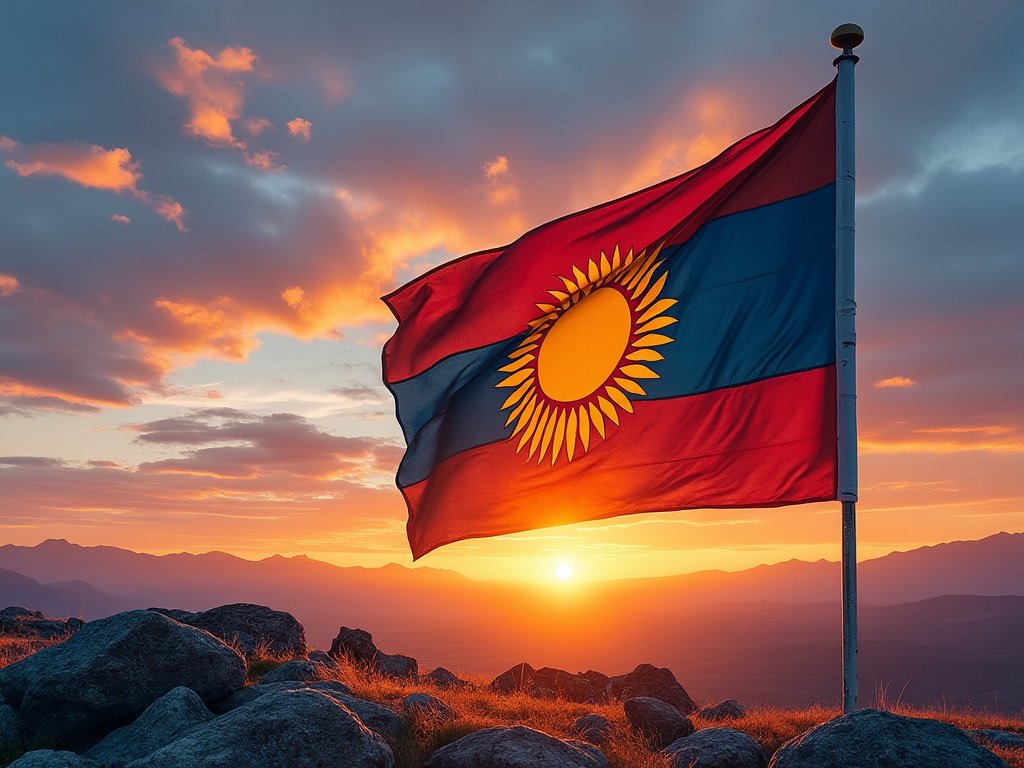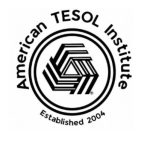Mongolia is a country of vast open landscapes, fierce traditions, and timeless legends. At the heart of this nation lies its capital, Ulaanbaatar, a city that balances ancient culture with modern development. For TESOL teachers, Mongolia is a place to teach English while immersing in a world steeped in history and untouched natural beauty. This “chronica” of Mongolia dives into the iconic tales and traditions of this extraordinary country, from the legacy of Genghis Khan to the celebrated Mongolian horses, legendary wrestlers, and unique birdlife.
Ulaanbaatar: Mongolia’s Gateway to Adventure
Ulaanbaatar, Mongolia’s bustling capital, is a city of contrasts where ancient monasteries stand alongside new developments. As the center of education and business, Ulaanbaatar is also the prime destination for English teaching opportunities. Schools, universities, and language centers here are eager to welcome TESOL teachers to help Mongolians build the language skills needed for careers and education abroad.
Beyond teaching, Ulaanbaatar serves as a launchpad for exploring Mongolia’s famous wilderness. From here, you can venture into the vast steppes, rolling mountains, and desert landscapes that have defined Mongolian culture for centuries.
Fun Fact: The name “Ulaanbaatar” means “Red Hero” and was given to the city in honor of Mongolia’s independence. Today, it’s Mongolia’s cultural and political hub, with nearly half of the population residing in or around the city.
The Legacy of Genghis Khan
No chronicle of Mongolia would be complete without mentioning Genghis Khan, the legendary leader who united the Mongol tribes and forged one of the largest empires in history. Born in the 12th century, Genghis Khan’s story is one of resilience, ambition, and innovation. His vision transformed Mongolia into the heart of a sprawling empire that stretched from Eastern Europe to the Sea of Japan.
Throughout Mongolia, Genghis Khan is revered not only as a powerful ruler but also as a cultural symbol. His legacy is visible in Ulaanbaatar through statues, monuments, and museums dedicated to his life. By teaching in Mongolia, TESOL educators have the chance to discuss this remarkable history with their students, who carry a deep sense of pride in their national hero.
Fun Fact: Mongolia’s Chinggis Khaan International Airport is named in his honor, a tribute to the leader who defined Mongolia’s history and left a lasting impact on the world.
Horses: The Heart of Mongolian Culture
Mongolia is often called the “Land of the Horse,” and for good reason. Mongolian horses, known for their resilience and endurance, have been integral to Mongolian life for thousands of years. These hardy creatures were instrumental in the expansion of Genghis Khan’s empire and continue to play an essential role in the daily lives of nomadic herders.
Horses are so intertwined with Mongolian identity that children are taught to ride almost as soon as they can walk. Horse racing is a key event during the annual Naadam Festival, a celebration of Mongolia’s cultural heritage. Riders, often children as young as five, participate in long-distance races that showcase the stamina and speed of Mongolian horses.
Fun Fact: There are more horses than people in Mongolia! The country has roughly 3 million people and 4 million horses, a testament to the animal’s significance in Mongolian life.
Wrestling: Mongolia’s National Sport
Another highlight of Mongolian culture is wrestling, which holds a special place in the hearts of Mongolians and is one of the “Three Manly Games” celebrated during Naadam (the other two being horse racing and archery). Mongolian wrestling is unique, as it has no weight classes or time limits—matches continue until one wrestler touches the ground with anything other than their feet.
Mongolian wrestlers, known as “bökh,” are highly respected, and wrestling champions are celebrated nationwide. The sport’s origins go back centuries and were originally practiced by Mongolian warriors to build strength and endurance. Today, wrestling is a way for Mongolians to honor their heritage and display their athletic prowess.
Fun Fact: During Naadam, the wrestling outfits are often adorned with intricate decorations, symbolizing strength, respect, and tradition. The colorful garments, combined with the wrestlers’ elaborate movements, create an impressive visual display.
The Birds of Mongolia: A Birder’s Paradise
Mongolia’s diverse landscapes are home to an incredible array of bird species, making it a hidden gem for birdwatchers. The country’s wide-open spaces, grasslands, and mountain ranges attract migratory and native birds alike. In Gobi Gurvansaikhan National Park, you can spot rare species such as the bearded vulture, known for its unique appearance and bone-dropping behavior to access bone marrow.
The Saker falcon, Mongolia’s national bird, is also widely revered. This powerful raptor is valued for its hunting skills and has a deep connection with Mongolian tradition, especially among the Kazakh eagle hunters of the western regions. Teaching in Mongolia offers nature enthusiasts an opportunity to observe these majestic birds in their natural habitat, adding a memorable layer to the experience.
Fun Fact: Mongolia is home to more than 400 bird species, including cranes, vultures, eagles, and falcons. Birdwatching is particularly popular around Lake Khövsgöl and in the Gobi Desert, where rare and endangered species can often be seen.
Must-See Destinations for English Teachers in Mongolia
While teaching in Ulaanbaatar, there are countless opportunities for exploration. Here are a few of Mongolia’s must-see locations:
- Erdene Zuu Monastery: This ancient monastery, built in 1585, is one of Mongolia’s oldest Buddhist monasteries. Located in the Orkhon Valley, a UNESCO World Heritage site, Erdene Zuu combines traditional Mongolian architecture with Tibetan influences, offering a fascinating glimpse into Mongolia’s spiritual heritage.
- Gobi Gurvansaikhan National Park: Known for its sweeping desert landscapes, this park is home to the iconic sand dunes of Khongoryn Els, as well as wildlife like the snow leopard and Bactrian camel. The park’s dramatic scenery is a must-see for teachers seeking outdoor adventures.
- Khövsgöl Lake: Sometimes called the “Blue Pearl of Mongolia,” Lake Khövsgöl is one of the country’s largest freshwater lakes and is surrounded by breathtaking mountains. It’s an ideal spot for hiking, camping, and observing Mongolia’s diverse flora and fauna.
- Naadam Festival in July: For teachers lucky enough to be in Mongolia during July, the Naadam Festival is an unmissable event. Celebrated nationwide, this festival showcases Mongolia’s “Three Manly Games” and is a chance to witness traditional music, dance, and sports.
Teaching English in Mongolia: A Journey of Cultural Exchange
Teaching English in Mongolia is more than a job; it’s an opportunity to become part of a culture defined by resilience, pride, and connection to the natural world. From the bustling capital of Ulaanbaatar to the serene beauty of Mongolia’s countryside, the experience offers teachers a rewarding way to make a difference in students’ lives and learn from the richness of Mongolian heritage.
Whether you’re captivated by the story of Genghis Khan, drawn to the spirited Naadam Festival, or eager to explore the vast landscapes on horseback, Mongolia promises a journey that will leave a lasting impact. Dive into the chronica of Mongolia and discover the beauty of teaching in a country where every story, every tradition, and every landscape speaks of a legacy that spans centuries.
With open skies, welcoming people, and an endless array of experiences, Mongolia invites TESOL teachers to write their own chapter in the land of the Eternal Blue Sky.



